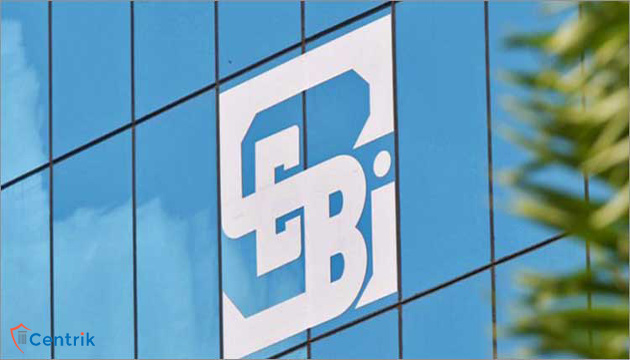
SEBI intends to bring in additional disclosure requirements for listed corporates undergoing insolvency resolution process as well as amend norms pertaining to minimum public shareholding norms and other provisions for such entities.
The proposal comes when there are expanding number of cases coming up under the Insolvency and Bankruptcy Code (IBC).
The regulator is planning to come out with a discussion paper on compliance with SEBI standards by listed companies undergoing insolvency resolution process.
Amendments are being proposed for certain SEBI norms on the basis of three stages of Corporate Insolvency Resolution Process — pre, ongoing and post CIRP stages.
Listed companies under CIRP are likely to be subject to various disclosure requirements. Such entities would have to disclose about filing of application for initiation of CIRP as well as when creditors initiate the process and amount of default mentioned in the application.
Besides, the entities would be asked to disclose details about the number of bids received by the insolvency resolution professional, filing of resolution plan as well as approval of the plan by the National Company Law Tribunal (NCLT), among others.
Currently, there are no specific disclosure requirements related to CIRP in Listing Obligations and Disclosure Requirements (LODR) Regulations.
In case the minimum public shareholding falls below 25 per cent in a company after CIRP, SEBI is looking at providing that entity a period of two years to comply with the requirement.
Listed companies are required to have at least 25 per cent minimum public shareholding and under Securities Contracts (Regulation) Rules, one-year time is provided to ensure compliance.
The official noted that the regulator proposes to extend exemptions that are available to scheme of arrangement also to companies undergoing insolvency process.
Currently, there are certain exemptions in terms of compliance for schemes of arrangements involving listed firms that are duly approved by a court or tribunal.
Certain relaxations are also being planned with regard to re-classification of promoters and delisting regulations for such companies.
The markets regulator would also look at whether it is desirable to impose any restrictions on the transferability of shares of listed companies that are undergoing insolvency process.
There would be a fundamental change in the management and governance of a listed company undergoing insolvency proceedings during the CIRP stage and after approval of the resolution plan.
Keeping in view the interests of investors, there is a need for providing suitable framework for compliance with securities laws by listed entities which are under insolvency process.
The Insolvency and Bankruptcy Code (IBC) became operational in December 2016 and it provides for a market-determined and time-bound insolvency resolution process.
Disclaimer – the above summary is based on the personal interpretation of the revised regulations, which may differ person to person. Hence, the readers are expected to take expert opinion before placing reliance on this article.




 join For Updates
join For Updates